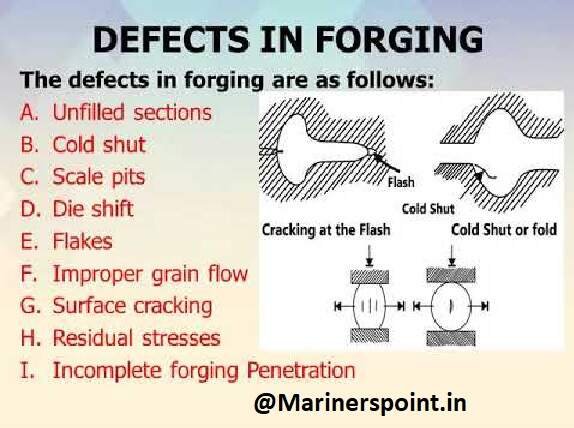Carmakers have mainly employed 3D printing in the automotive industry to manufacture automotive prototypes to examine their design and compatibility for the past several decades. 3D printing, also known as additive manufacturing, involves producing a 3D CAD model layer by layer. 3D printing can reduce lead time and costs for prototyping and producing complicated products. 3D printing is utilized for design and idea communication, prototype validation, pre production sample and tooling, and part customization in the automobile industry. Numerous polymers, metals, ceramics, and other substances are in automobile 3D printing. The printing medium chosen determines the characteristics required from the printed product.
This article will examine why 3D printing has had such a significant impact on the automotive industry and how it may increase performance by reducing delivery costs and time.
Component Weight
The decrease in component weight is one of the essential features of the automotive industry. Automotive applications utilize advanced technical materials and complicated geometries to minimize weight and improve performance. In addition, many lightweight polymers and metals used in the automotive industry may use to create parts using additive manufacturing.
Complex Structures
Internal channels, concealed features, thin walls, small meshes, and complicated curved surfaces are all standard requirements for automotive parts. Automotive manufacturing enables the creation of extraordinarily intricate light and sturdy structures. In addition, it allows for a great degree of design flexibility, the optimization and integration of functional elements, the production of small batch sizes at low unit costs, and considerable product customization even in production models. Selective laser sintering, also known as binder jetting, was the first process for creating parts. It enabled manufacturers to develop aesthetically pleasing weak features that could not use for lengthy periods.
Number of Elements
By rebuilding an assembly as a single complicated component, the number of elements in the assembly can be decreased. When evaluating how AM might help reduce material use and, as a result, weight and, in the long run, cost, part consolidation is a crucial consideration. Another critical concern for the automobile industry is part consolidation, which minimizes inventory and allows assemblies to be changed with a single part if repairs or maintenance are required. 3D printing isn’t appropriate for all parts. However, 3D printing can aid the car industry in various ways, not only in parts. More businesses outsource 3D printing for jigs and fixtures in today’s day and age.
Moisture Resistance
Most components used in the manufacture of vehicles must be moisture resistant, if not thoroughly water-resistant. One of the most significant advantages of 3-d printing is the ability to post-process all printed pieces to produce a waterproof and water shield. Furthermore, several materials are designed for humid and moisture-prone settings by their very nature.
Tooling in the automotive manufacturing
The assembly and manufacturing of more excellent products with continuity rely heavily on tooling in the automotive vehicle production line. Automotive businesses may design automobile assembly tools using additive manufacturing to improve functionality and reduce weight at a cheaper cost than standard-produced equipment. There have even been instances where entirely new tools have been created for highly bespoke designs.
Supply Chain
Massive supply networks are now in use in the automobile industry. Hundreds, if not thousands, of firms sell distinct vehicle components to each OEM. It necessitates a highly efficient and complicated supply chain management procedure that takes time and money. As a result, OEMs are beginning to focus their efforts on streamlining their supply chains.
Growth of 3D Printer in the Automotive Sector
Automobiles are now one of the most inventive uses of 3D printing processes. The automobile sector illustrates how additive manufacturing improves efficiency and productivity from design to production. For an automobile firm, producing individual parts may be a time-consuming operation. They can now make components on demand, conserving resources and producing less waste, thanks to a 3D printer. Because of the early adoption of 3D printing technology in North America, the market for 3D printing in the region may rise steadily. However, the Asia-Pacific and European markets are still in the early phases of 3D printing adoption, and they may develop faster than the North American market.
Future of the Automotive Industry
As technology advances, companies modify older cars and incorporate changes into new items as required and on-demand. Several OEMs are rapidly investing in and researching the usage of additive manufacturing as these new applications take the industry by storm. While a few organizations have been sluggish to adopt 3D printing at first, considering the wide range of benefits, it is projected that they will quickly catch up with the technology’s advancements.
Conclusion
The days of using additive printing only for fast prototypes are over. The car sector is a fantastic illustration of what technology can accomplish at all levels of the manufacturing process. Indeed, I would argue that automakers must face the hard truth of “change or perish.” They must embrace additive manufacturing and begin exploring its possibilities as soon as feasible if they want to survive and prosper in this changing climate. Otherwise, there’s a good chance they won’t be around in the future.


